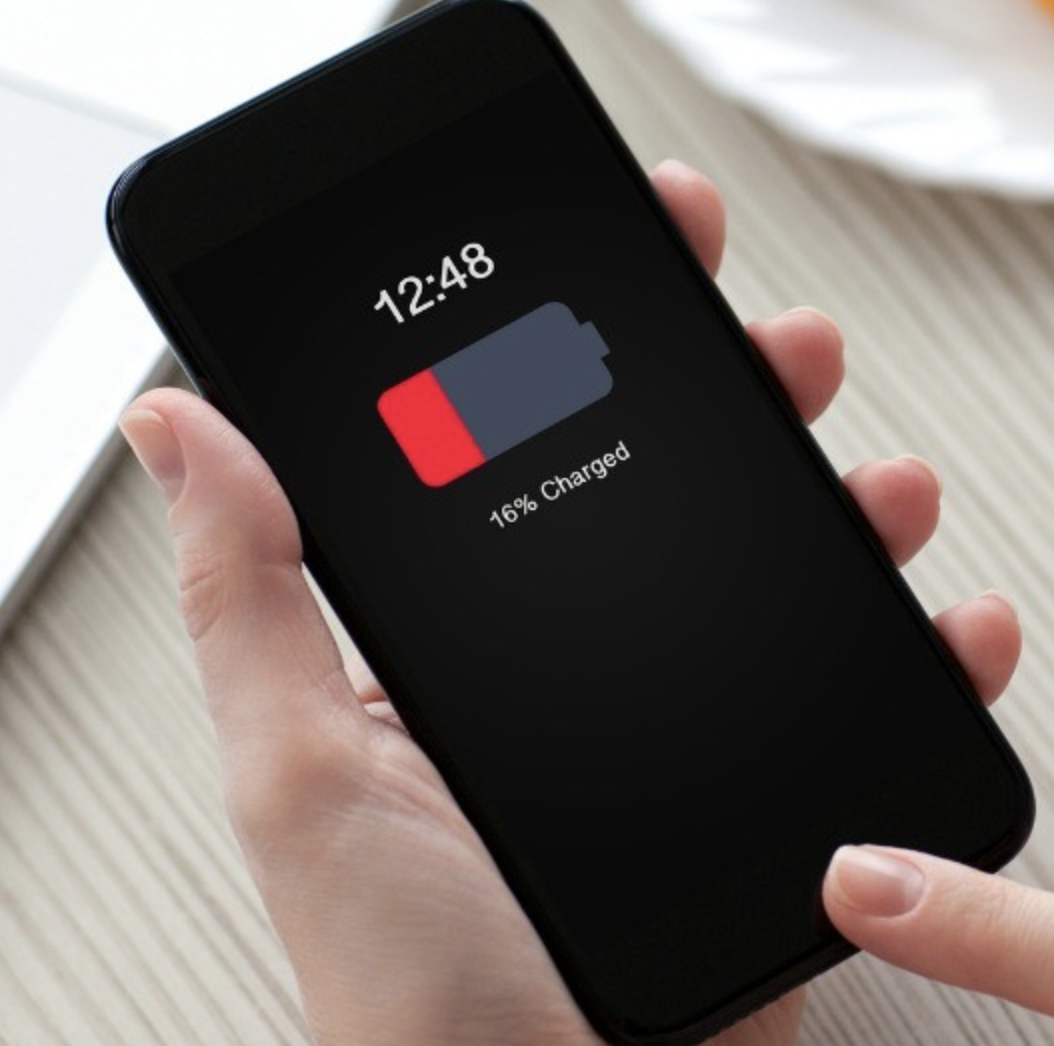This past week my wife and I vacationed in Oahu with our son, daughter-in-law and two grandsons, 11 and 14. Even though we were in Hawaii where we’re expected to relax, it was an active week with visits to a variety of small towns and beaches across the island and activities that included water sports, hiking, sightseeing and museum visits. Not surprisingly, the one thing we all had in common was the frequent use of our cellphones. The adults used the phones to navigate, find restaurants, take pictures, and check on tourist attractions. The kids used their phones for taking pictures and messaging their friends back home, as well as playing an occasional video game.
The one issue that we all faced was keeping all the phones charged. We were constantly looking for the right cords, chargers and back up battery packs that we brought along. While the world has moved to a single USB charger, phones still require three types of cords, Lightening, USB-C and USB-Micro, adding to the confusion. That was true in our case with our assortment of phones, including two iPhone 6 Pluses, a Samsung S9, an iPhone 6, a Samsung Note 5 and an iPhone X. I was the only one that made it through each day, using the new Apple battery case on my X. The others carried back up battery packs from myCharge and Mophie.
Everyone else ran out of juice before we returned to the hotel at the end of each day, some barely making it past lunch. And using the USB ports in the rental car is not a good solution because they charge so slowly. At night we all scurried to recharge our phones and back up battery packs and begin the ritual all over again the next day.
All of this highlights a big issue: For a device that’s designed to be our lifeline, battery life is still a major weakness of our expensive phones, creating anxiety and frustration that’s not being addressed by many of the manufacturers, particularly Apple.
Battery life continues to be the weakest part of smartphone usage, so it’s surprising that it’s the area where we see the least amount of improvement. We’re seeing excellent cameras getting even better and fast microprocessors getting faster. But we’re still seeing essentially the same size batteries becoming less effective with the increase in smartphone use.
With the most recent introduction of iPhones, Apple describes battery life in relation to last year’s models rather than anything more definitive or helpful, such as actual capacity in milliamp-hours that lets you compare. It’s their way of obfuscating the issue, just as they did by removing the run time remaining indication from the MacBooks.
At dinner one night I asked everyone what the one thing was they’d like to see improved on their phones. It was not the camera, display, or processor – no one cared about those. It was battery life with no runner up. It was such an obvious answer, that you have to wonder why more effort is not being done to address it. I’m not talking about new battery technology, just bigger batteries.
We’ve seen no significant improvement on the iPhones especially compared to most other brands. That’s probably because of their overriding focus – perhaps even obsession – to keep the phones thin. But for most of us, the only time we see our phone’s thinness is in the store and the thirty seconds between removing it from the box and snapping on a protective case. Typically, our thin phone is about 0.3 inches thick. Yet once in a case, it’s .4 to .6 inches thick. So, why not just add another 0.1 inch to the battery thickness and provide a 20% to 30% boost in capacity? At minimum a 6-inch display needs at least 4000 mAh to get through a long day, yet iPhone batteries range from 2100 to 2700mAh on most models. Samsung and other brands do better with more than 3000 mAh on most of their phones.
The other issue is that these smaller batteries need more frequent charging, causing them to wear out more quickly. The capacity of the best batteries drops to 70%-80% of their original life after 300 full recharges. In fact, my iPhone X’s battery is now at 85% capacity after a year and a half of use.
I’d love to see Apple offer a top of the line phone with enough battery life to last 12- 15 hours with heavy use. It would go a long way to reduce anxiety and to solve one of the biggest issues with today’s phones. It’s not as if it’s so difficult. Motorola’s Moto E5 Plus has a 5000mAh battery, twice the capacity of an iPhone, and is still just 0.37 inch thick. If Apple is looking to boost their iPhone sales, try giving users what they want.

I appreciate you sharing this blog post. Thanks Again. Cool.
This was beautiful Admin. Thank you for your reflections.
But wanna say that this really is quite helpful Thanks for taking your time to write this.